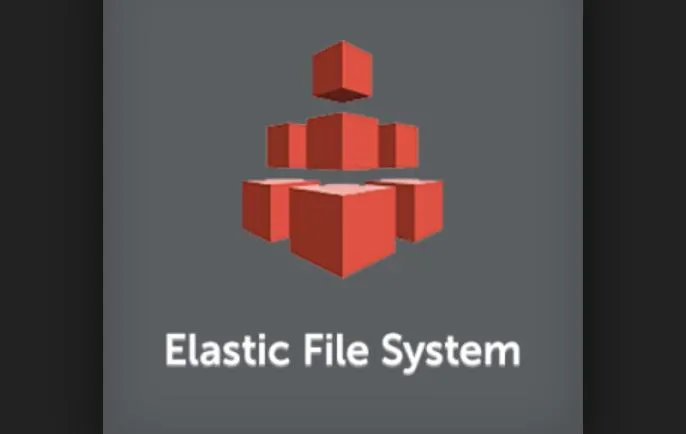
Amazon Elastic File System is a fully managed service designed to simplify the setup and scaling of file storage in the AWS Cloud.
Amazon Web Services is nothing if not simple and elastic. At least that's what the company keeps telling us.Ten years ago, Amazon Web Services changed the data storage industry forever with the launch of its Simple Storage Service, also known as S3 Elastic Storage, because of its unlimited capacity. Since then, the Seattle-based mega-IT company has also launched Elastic Compute Cloud (otherwise known as EC2), Elastic Block Store and Elastic Block Store Volumes.On June 29 it extended this train of thought with the launch of Amazon Elastic File System (Amazon EFS), a fully managed service designed to simplify the setup and scaling of file storage in the AWS Cloud.The company also announced that it has upgraded its Simple Notification Service (SNS) to add support for worldwide delivery of Simple Messaging Service (SMS) messages. Users now can use SNS to send SMS text messages to mobile phone numbers in more than 200 countries. Got all those "simples" and "elastics" straight? Good. Let's move on. How the New File System Service WorksWith a few clicks in the AWS Management Console, users can deploy Amazon EFS to create file systems that are accessible to multiple EC2 instances via the standard Network File System (NFS) protocol. Amazon EFS can automatically scale without provisioning storage or throughput; this enables file systems to grow seamlessly to petabyte scale while supporting thousands of concurrent client connections with consistent performance.Amazon EFS is designed for a range of file workloads–from big data analytics, media processing, and genomics analysis that are massively parallelized and require high levels of throughput to latency-sensitive use cases such as content management, home directory storage and Web serving.Amazon EFS is highly available and durable, redundantly storing each file system object across multiple availability zones. There is no minimum fee or setup cost, and, like S3, Amazon EFS customers pay only for the storage they use.For more information about Amazon EFS, visit http://aws.amazon.com/efs.On the Simple Notification Service (SNS) news, AWS is enabling SNS users to send SMS text messages to mobile phone numbers in more than 200 countries.Along with this change, AWS is also adding several other features:--No opt-in: Message recipients no longer need to opt-in to SNS before they can receive messages.--Additional regions: You can now send messages with SMS delivery from the U.S. East (Northern Virginia), U.S. West (Oregon), Europe (Ireland), Asia Pacific (Tokyo), Asia Pacific (Sydney), and Asia Pacific (Singapore) regions.--Direct publishing: You can now send messages to a phone number without first subscribing the number to an SNS topic. If a user replies with "STOP," he/she will be added to the opt-out list associated with your AWS account (this feature applies to messages sent to phone numbers located in countries where local regulations require opt-out capabilities).--Opt-out management: You can now manage opt-out numbers using the AWS Management Console, application programming interface (API), or command-line interface (CLI).--Delivery status: You can now enable logging of delivery status for SMS messages and access the status in a pair of CloudWatch Log Groups (successful and failed).--Limit: You can now set spending limits on a per-account, per-month basis. You can also set a per-message spending limit.--Usage reports: You can now access daily SMS usage reports, with information on successful and failed deliveries (learn more).--Long/Short Code Pool: Messages sent via SNS will now appear to come from one of several long or short codes maintained by Amazon SNS. Multiple messages sent from one account to a particular phone number will all be sent from the same long or short code.For more information, go here.
- eWeek